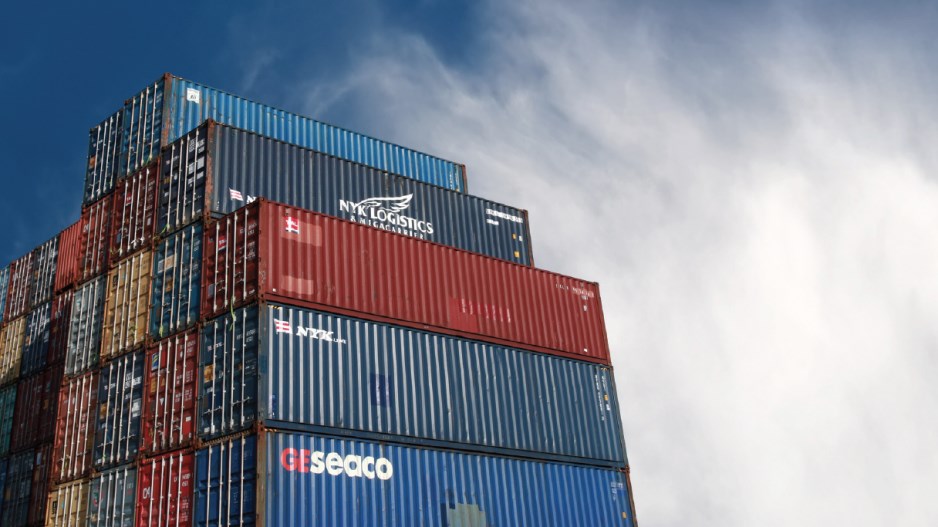The final report from a federally appointed environmental review panel last year on the environmental feasibility of the Vancouver Fraser Port Authority’s (VFPA) proposed $2.8 billion container terminal expansion at Roberts Bank could be coming within the month, say opposition groups who are keeping close track of the process.
According to Against Port Expansion Community Group executive director Roger Emsley, the group originally expected the report on March 2 after liaising with officials working on the Terminal 2 case in Ottawa, but subsequent communications indicated they have delayed the date when the panel’s recommendations will be filed with federal Environment Minister Jonathan Wilkinson by a month.
“I’m told it’s April 2,” Emsley said. “We were expecting it through the information we obtained that suggested it would be released March 2, but my understanding is that … on April 2 it will go to the minister. It will be up to the minister to decide when to make it public, so it is imminent. Obviously, we hope the public gets to see it at the same time as the proponent.”
Emsley said recent Frontiers in Marine Science research – released in February – backed Environment Canada scientists’ claims that Terminal 2 would damage shallow-water biofilm, which supports several bird species on the Pacific Flyway, and effectively “break the chain” for bird migrations.
Terminal 2 involves the creation of a large landfill adjacent to the current GCT Deltaport container terminal to increase container-handling capacity by 2.4 million 20-foot-equivalent units at Roberts Bank.
Duncan Wilson, the VFPA’s vice-president of environment, community and government affairs, maintained that the port authority’s research shows that the impact would be mitigated. He added that Canada risks falling far behind in the global shipping market if a project like Terminal 2 isn’t brought online in the next decade.
“If you are an exporter in Western Canada, it may mean you have no viable access to market, because the cost of going through alternative gateways in the United States would be prohibitive,” Wilson said. “If you are an importer and you have to bring in your goods from U.S. ports, there would probably be some added costs. It basically means a significant loss of employment and business opportunities for Canada.”
A competitor to the VFPA’s Terminal 2 project is GCT Global Container Terminals Inc., GCT Deltaport’s operator.
Marko Dekovic, GCT’s vice-president of public affairs, said the port’s assertions that Terminal 2 is the only option that could be online in time to handle the projected increase in container traffic is false.
GCT presented arguments for its Berth 4 expansion at GCT Deltaport (DP4) as an alternative at last year’s panel reviews.
“We understood the biofilm issue because of our earlier expansions completed at GCT Deltaport – and based on preliminary studies we do not expect the same impacts from our project as it is located on the other side of the causeway,” Dekovic said. “We look forward to a robust environmental impact assessment of DP4 to determine the facts.”
GCT claims the VFPA initially rejected GCT’s expansion plan, which, at an estimated $1 billion, is cheaper and would add container-handling capacity incrementally rather than in one large increase, so the port authority can proceed with its more ambitious Terminal 2 project.
Emsley said that while his group views the GCT option as having less impact than Terminal 2, it wants no further development at Roberts Bank and pointed to alternatives like Prince Rupert as being a better expansion option.
“I’m slightly more optimistic,” he said when asked about his expectation on the panel recommendations. “Our concern was that politics would be at play, and there would be an approval with mitigation – despite the fact that Environment Canada said there’s no way they can mitigate because the impact will be immediate and continuous. But the independent science that came out in February validated everything that has been said, and the panel has to [be cognizant] of the science. Because if we get this thing wrong, Roberts Bank and the species [it] supports will be in really bad shape.”•




